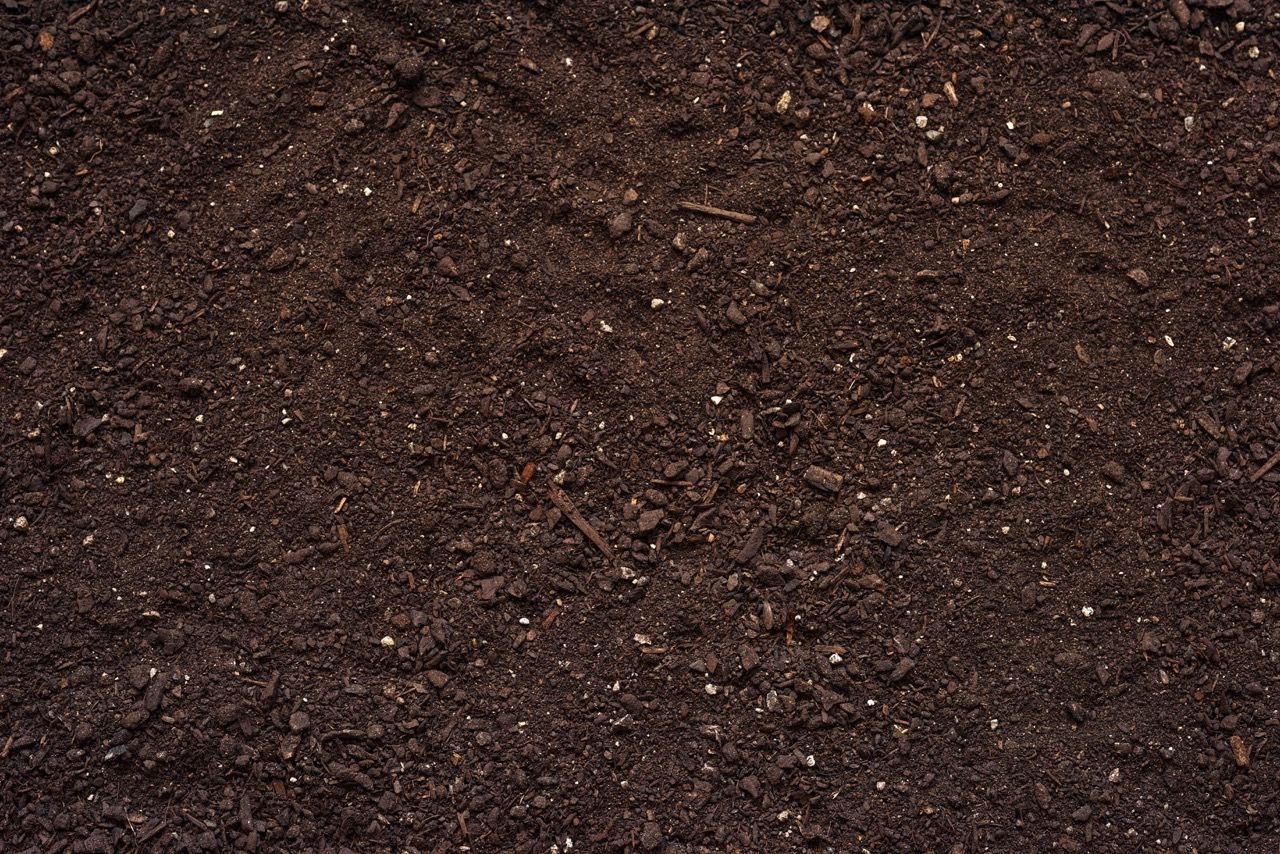
The soil under your concrete slabs plays a big role in whether or not they’ll stay where they belong.
If you’re struggling with a sunken concrete sidewalk or an uneven concrete patio, the most important question to ask is: Why did it settle in the first place?
Understanding the underlying factors that caused the concrete to settle before trying to lift it back up is crucial. Without solving the original problem, your concrete will end up resetting over and over again – no matter how you try to fix it.
One of the main reasons concrete settles is the soil underneath the slab, or more specifically, the erosion of that soil.
In this article, we’ll tackle exactly how soil erosion causes concrete to settle, then talk through what can be done to fix it.
How Soil Erosion Causes Concrete to Settle
When new concrete is installed, it’s usually poured on a bed of gravel, but that bed of gravel is sitting on top of soil.
If the soil that’s supporting the concrete from underneath is washed away or removed by burrowing pests, the concrete will settle.
Water
Water flowing alongside the concrete or rushing directly under it can carry away soil holding up the slab.
Water erosion that affects concrete usually comes from:
- Downspouts pointed directly at or near the concrete
- Excessive runoff
- Overflowing gutters
- Surrounding yard or landscape sloping towards the concrete
If open cracks or joints aren’t caulked, water can flow into the gaps and wash away the soil supporting the slab from the inside.
As more and more supporting soil gets washed away, the more room there is for the concrete to drop down and become uneven.
Pests
Burrowing animals like chipmunks, moles, woodchucks, etc. like to make their home under concrete slabs. As they tunnel and burrow into the soil, they create voids where the existing soil is removed and loosen the soil that stays under the slab.
Eventually, that loosened soil has to be compacted back down again, which happens over time and causes the concrete to settle along with it.
How to Fix Concrete That Settled Due to Erosion
Step #1: Find and Eliminate the Source of Erosion
If your concrete has settled due to obvious erosion, the first step in solving the problem is determining where the erosion is coming from and preventing it from continuing.
Are your clogged gutters overflowing onto your sidewalk? Do you have a family of cute (but oh-so destructive) chipmunks under your steps?
Step #2: Lift the Settled Concrete
Once you’ve determined and removed the source of erosion, professional concrete leveling services can stabilize and lift the settled concrete slabs back up to the proper position.
The concrete leveling process works by drilling holes in the sunken slabs and injecting a material underneath that replaces the lost soil. The leveling material acts as a sturdy base for the concrete to rest on, and the repair can last for the life of the concrete itself.
Step #3: Prevent Future Erosion
Caulking cracks and joints, redirecting drainage and downspouts away from slabs, fixing leaky gutters, and adding soil around the edges of the concrete are just a few ways that you can maintain your concrete leveling repair and prevent erosion from causing it to settle again.
Now What?
After learning the role that soil erosion plays in causing concrete to settle, you now know how important it is to stop erosion from happening in the first place.
If it does happen and you’re left with settled concrete as a result, concrete leveling can be a quick and cost-effective way to replace the missing soil and lift the concrete back up to the right position.
Over the last 30 years here at A-1 Concrete Leveling, we've helped countless customers lift concrete that settled as a result of soil erosion. If you’re dealing with settled concrete and you’d like to know how A-1 can help, click the link below to request a free onsite cost estimate!
In the meantime, you can learn more about why concrete can become out of level and the concrete leveling process with these resources from Concrete Academy:
Sarah Etler joined A-1 Concrete Leveling after receiving her Bachelor of Arts degree in English from Northern Kentucky University. As A-1's Content Marketing Manager, she works closely with industry experts to produce content that will best answer questions related to concrete repair and maintenance practices. Sarah loves living a life full of discovery and is excited every day to see what new things she can learn and share with those around her.
Topics: